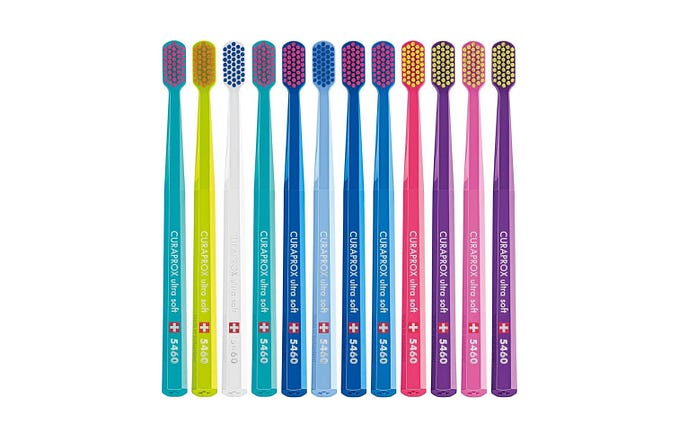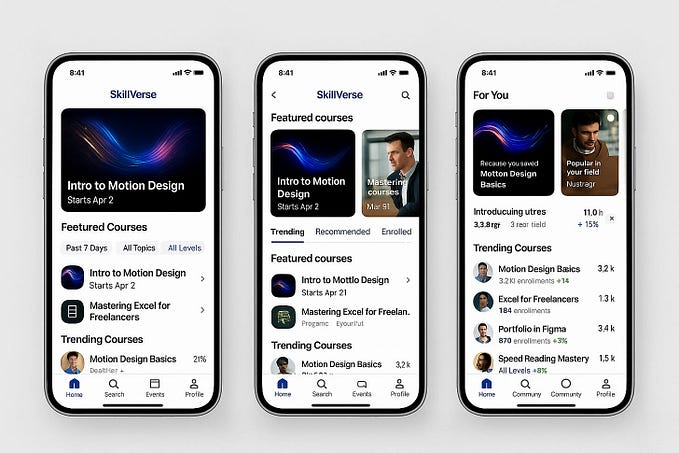Creating experiences for kids
Things to consider when creating experiences for kids.
Rarely we get the opportunity to create experiences for kids. Let me tell you straight away, It’s a challenging task!. Their mind doesn’t work the same way as ours.
Major technologies were not invented keeping kids in mind. Consider smartphones, do you think creators from IBM would have taught that, years later there invention is going to be used as toys by children?
Nowadays even kids of age 2/3 know how to operate a smartphone. They watch videos and play games.
Parents of young kids can understand this:- You have your kids sent WhatsApp message/ place calls to people in your contacts. Your kids accidentally buy stuff online from your phone. They accidentally click awkward pictures of you/them.
All these happen because this technology is not optimized for children.
“Children must be taught how to think, not what to think.” — Margaret Mead, cultural anthropologist
How GE made diagnostic instruments kids friendly.
come on let’s face it, diagnostic instruments in hospitals are scary even for us let alone for kids; Large X-Ray machines (name X-Ray itself is scary), the MRI, etc. They appear like something out of a 90’s sci-fi movie where, when entering into will teleport you to a hostile planet with scary monsters- my childhood memories of the X-Ray machine goes something like that.
Doug, the creator of the industrial design award-winning MRI Scanner ran into a problem when he saw a little girl being very scared of the machine. He understood how scary the machine and the environment looks from the children’s perspective also the noises the machine makes adds to the situation. This led them to create the “Adventure Series” which is a kid-friendly experience for diagnostic machines.
So coming back to our main topic, below are some of the point you should consider while designing for kids;
- Get down on your knee (I literally meant it!)
When designing for kids, you should see the problem from the kid’s angle. In the above case of the MRI scanner explains the need for viewing the problem from the kids perspective.
- The make it or break it moments.
Kids have a short attention span. They are easily distracted and they are not happy about waiting. Please keep this in mind when designing for kids. Create attention-grabbing colorful effects and visuals to attract their attention and give them instant results.
If there are times when you have to make them wait, use multimedia content to keep them engaged until the task is completed.

- Be simple & humble.
Present contents in the simplest form. Don’t overload them with information. If you have several instructions to give them, give it only when they are needed.
- Make the logo bigger!
Okay, this is not your client reviewing the about your design… Ha..ha… Kids especially smaller ones have limited motor skills, so make sure you make the CTS and actions bigger.

- Safety first.
Parental control is a must when creating products for kids. Like mentioned above their ace cases when kids accidentally use a feature which they are not supposed to use and creat problems. Payment options, social media interactions, external links, etc… should be avoided while designing for kids.
- Consider age groups.
Rather than creating the same experience for kids of all age group and gender, consider creating age groups and design appropriately.

- ABCD’s.
They don’t read, even if they know little, they skip contents in textual form as it takes more cognitive effort. So try to create contents with less reading and more multimedia experience.
In rare cases when you use text, make sure they are big enough to be clearly legible and very short words or sentences.
- Tell a story or play a game.
Gamification & storytelling is the key to keep the kids engaged. “Oh you completed the homework, here are 10 points!” this works with kids more than simple tasks.
A storytelling style will help kids navigate the flow easily. We know famous kids show’s “Dora the Explorer” uses story mode to teach kids. These techniques are shown to be more successful.

- Mental model.
As I mentioned previously, the first digital experience kids have is watching videos and playing games on mobile phones and tablets. Leverage this while creating products for kids will help sell the product.
“Children are like wet cement whatever falls on them makes an impression.” — Haim Ginott, child psychologist
- Appreciate their achievements.
Kids love appreciation. Encouragements in the form of audiovisual cues will engage them and will help them achieve tasks.
- Things become boring.
Kids learn fast and they are easily bored, especially if they have to do repeated tasks. Keep this in mind when creating products. Try to created different experiences for each section.
- Test with real subjects.
This is my last and one of the important steps. You already know kids think very differently from us adults, so you cant expect them to take the same path to solve a problem you expected them to. Thus testing and iterating is the only way we can create a successful experience for kids.
Thus creating an experience for kids is both fun and challenging. Please try to keep the above points in mind while designing.







